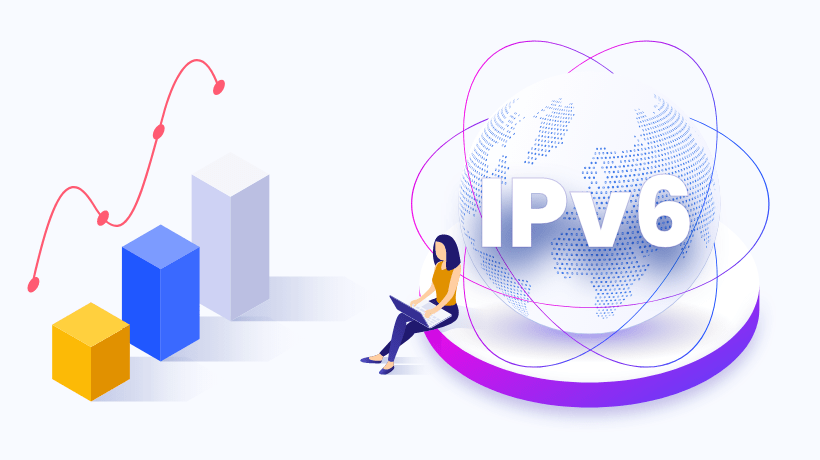It was the 80s, a beautiful and outrageous decade. The music was unique, the style was bright and fun, and the first steps to our internet obsessed society commenced in this decade. Internet Protocol version 4 was deployed, and the day it was is considered to be the birthday of the internet. Without the Internet Protocol version 4, our devices would not have a way to connect to the internet at all. But after so many changes in the world such as the population growing, more and more people using the internet, and more devices having the ability to connect to the internet, IPv4 ran out. Yeah, you heard that right, there are no more IPv4 addresses available for allocation. There are places where you can buy, sell, or lease IPv4 addresses, but it’s sort of the only way you can get them now.
However, the Internet Protocol version 6 has been created as a solution and has already been deployed. Unfortunately, there will be some time before we will be able to use the IPv6 addresses on their own and completely replace IPv4. But, in this blog post, we made a list of a few ways IPv6 will change the world once we use it to replace IPv4.
A lot more addresses
Internet protocol version 4 uses a 32-bit address, which is why we got the 4 billion addresses in the 80s. At the time, that felt like a lot more than was even needed. Now it feels like such a tiny amount of IPv4 addresses that we need more of right now. However, amazingly enough, Internet Protocol version 6 uses a 128-address. This makes such a big difference in the future of internet use for us. Many of us right now won’t have grandchildren that live to see the day that IPv6 addresses run out. Trillions upon trillions upon trillions of IPv6 addresses will be available, literally.
No more NAT
By altering the header of IP packets as they are being transmitted through a router, a network address translation (NAT) procedure is what maps one internet protocol (IP) address to another. This contributes to enhancing security and reducing the number of IP addresses required by a company. This was a temporary solution to the IPv4 scarcity problem. But because IPv6 has a larger format than IPv4, providing us with a huge number of IPv6 addresses, we won’t need NAT anymore. Because there is no lack of IPv6 addresses, NAT is not necessary for IPv6 networks. NAT was created to address the IPv4 address problem.
